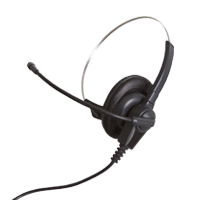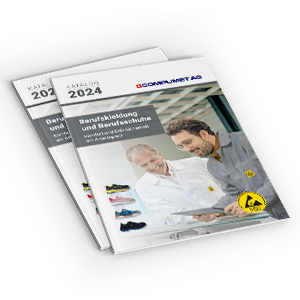MS soldering tips – Military precision for the highest demands
Meaning of the abbreviation MS in soldering technology
If soldering irons or soldering tips are marked ‘MS’ and it refers to Mil-Spec , this means:
- Manufacturing according to military standards (US military standards MIL-STD-xxxx (e.g. for test methods) or MIL-S-83536, MSxxxx, etc. (e.g. specifications for electrical components), often:
- Greater reliability and durability
- Strict tolerances for materials, shape and manufacturing
- Additional insulation: separation of ground and potential
- Resistance to environmental influences (temperature, corrosion, etc.)
- Suitability for military, aerospace or safety-critical applications
Important to know:
Many manufacturers also use the abbreviation MS-xxxx as a component number, whereby the number refers to a specific Mil-Spec component. In the field of soldering technology, this means, for example, that an MS soldering tip has a specific design or standard number according to military standards. However, not all ‘MS’ products are automatically Mil-Spec, so it is important to check the information on the data sheet or from the manufacturer to see whether official Mil-Spec certification has actually been obtained.
Feature | MS soldering tips (Mil-Spec) | Conventional soldering tips |
Standardisation | According to strict military or industrial specifications (e.g. MIL-STD, SAE, MSxxxx) | Often manufacturer-defined, less stringent standardisation |
Reliability | Very high, designed for safety-critical applications | Sufficient for general use |
Material quality | High-quality materials (e.g. pure copper with a strong iron and nickel coating), extremely durable | Varies greatly depending on price/brand, often shorter service life |
Dimensional accuracy / tolerances | Very tight manufacturing tolerances; guaranteed geometry for precise work | May vary; not always 100 % reproducible |
Compatibility | Often part of a system with a precisely defined tip-piston combination | Wider selection, often more universal |
Price | Higher – due to quality requirements and testing procedures | Cheaper, but sometimes faster wear and tear |
Areas of application | Aviation, military, medical technology, space travel, high-reliability electronics | Hobbies, consumer electronics, general repair work |
Test certificates | Often with quality certificates (e.g. batch traceability, tested alloy, etc.) | Usually no certification, except for high-quality industrial products |
Typical requirements that MS soldering tips must meet:
- Consistent temperature control – constant heat transfer without overheating
- Corrosion resistance – e.g. through special iron, nickel or chrome coating
- Antimagnetic (depending on application) – important for sensitive electronics
- Compatibility with lead-free solders – stable at higher temperatures
- Secure mechanical connection with soldering iron – no play, defined fit
- Non-outgassing materials – especially for space travel or clean room environments
When is it worth using MS soldering tips?
- Use in electronics manufacturing with very high quality standards
- Ensuring long-term stability (e.g. in aircraft or satellites)
- Requirement for recordable quality (e.g. for ISO/MIL-compliant production)
- Working with critical components where a contact error would be fatal
Instructions for use:
MS soldering tips should only be used with MS soldering irons, as the additional insulation causes contact problems when used with conventional soldering irons. The same applies to conventional soldering tips. They should also only be used with conventional soldering tools.








 Product overview
Product overview Workwear | Professional Footwear 2024
Workwear | Professional Footwear 2024 DPV main catalog 2023 | 2024
DPV main catalog 2023 | 2024